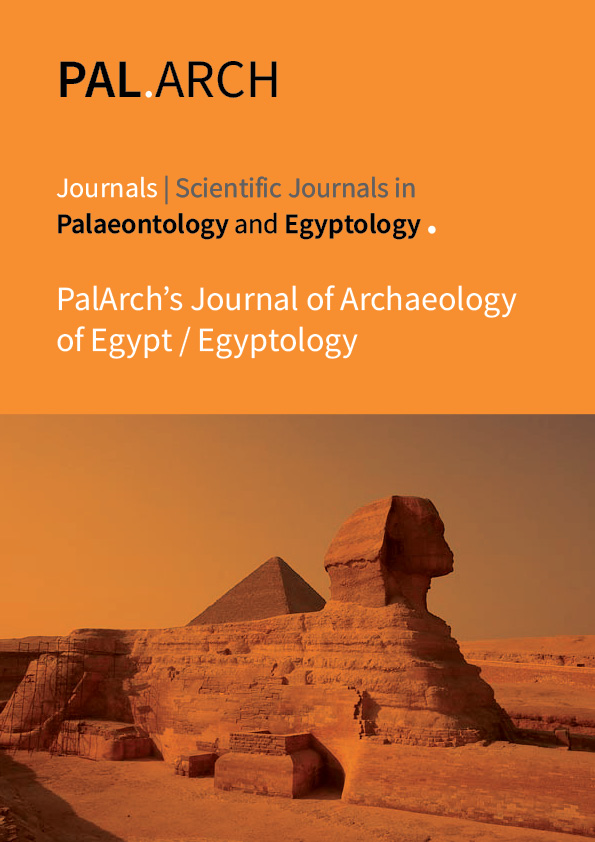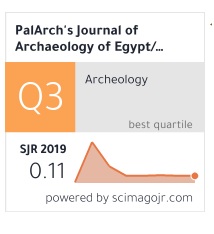EXPLORING THE MESOPOTAMIAN TRADE (C.6000-539 BCE): TYPES, ORGANIZATION, AND EXPANSION
Abstract
Archaeological and literary sources recovered from the extant of Ancient Mesopotamia and beyond its confines revealed that the empire has enjoyed a well-established internal as well as international trade (like with Egypt and probably east Africa towards westwards and Afghanistan, Indus valley, Persian Gulf and Arabian towards east) since Neolithic times i.e., c. 6000 BCE. Archaeologists and scholars have contributed specifically to distinguished aspects and themes of Mesopotamian trade due to availability of versatile records from different sites of different periods. Present study has examined the conducted works on specific aspects of ancient Mesopotamian trade i.e., types (inter-city, intra-city and international along with transport sources), organization (mechanism, control, regulation, local merchants, foreign merchants, legal issues, and diplomacy), imports and exports (quality and quantity), transaction system (barter and currency). With the help of these works, a general picture of trade from its emergence to its invasion in hands of Achaeminians, has been made by following analytical methodology.



